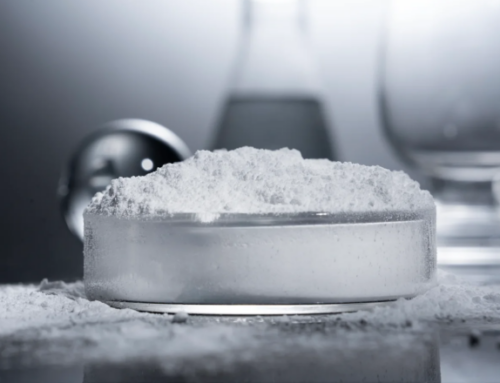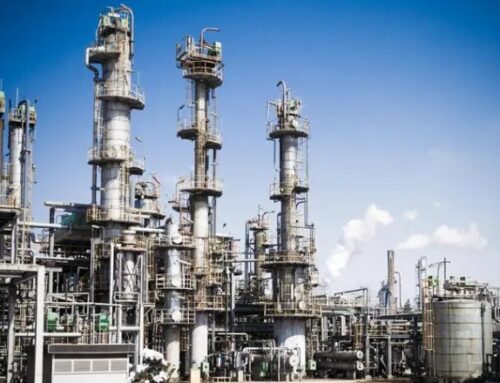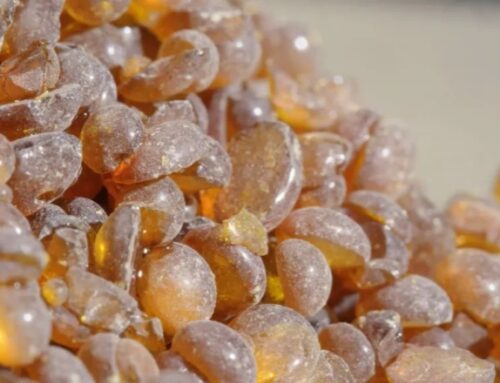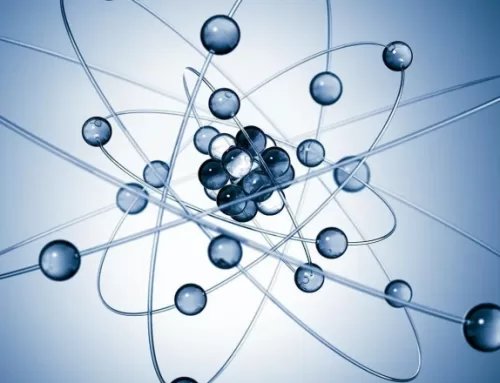In the plastic industry, heavy calcium carbonate plays an indispensable role as an important filler. It can not only reduce production costs, but also improve the performance of plastics, providing strong support for the quality improvement and wide application of plastic products.

1. Basic characteristics of heavy calcium carbonate
Heavy calcium carbonate, also known as ground calcium carbonate, is made by mechanically crushing natural carbonate minerals such as calcite, marble, limestone, etc. It has the characteristics of high whiteness, high purity, and uniform particle size. The heavy calcium carbonate used in plastics is usually finely processed to meet the needs of different plastic products.
The main chemical component of heavy calcium carbonate is calcium carbonate (CaCO3), with a relative molecular weight of 100.09. Its crystal structure is mainly calcite type, with a hexagonal crystal system. The density of heavy calcium carbonate is generally around 2.71g/cm ³, with a Mohs hardness of 3.
2. Important indicators of heavy calcium carbonate in plastics
Particle size and distribution
Particle size is one of the important indicators of heavy calcium carbonate. Smaller particle size can increase the contact area between the filler and the plastic matrix, improving the filling effect. Generally speaking, the particle size of heavy calcium carbonate used for plastics is usually between a few micrometers and several tens of micrometers. The uniformity of particle size distribution is also important, as a wide particle size distribution may lead to unstable plastic properties.

For example, in some high-performance plastics, a very narrow particle size distribution of heavy calcium carbonate is required to ensure consistency between the mechanical and optical properties of the plastic.
Whiteness
Whiteness is another important indicator for measuring the quality of heavy calcium carbonate. Higher whiteness can give plastic products a better appearance and color. Whiteness is usually represented by blue light whiteness or Hunter whiteness. For some plastic products with high appearance requirements, such as white goods casings, plastic films, etc., the whiteness requirement is usually above 90.
In the production process, the factors that affect the whiteness of heavy calcium carbonate mainly include the quality of the raw ore, processing technology, and impurity content. By selecting high-quality raw materials, adopting advanced processing techniques, and implementing effective impurity removal measures, the whiteness of heavy calcium carbonate can be improved.
Oil absorption value
The oil absorption value reflects the adsorption capacity of heavy calcium carbonate for lipid substances. A lower oil absorption value means that the filler requires less plasticizer in the plastic to achieve good processing performance. Generally speaking, the oil absorption value of heavy calcium carbonate used for plastics is between 20-40g/100g.
The magnitude of oil absorption value is related to factors such as the particle shape, surface roughness, and porosity of heavy calcium carbonate. By optimizing the particle shape and surface treatment, the oil absorption value can be reduced and the processing performance of plastics can be improved.
Moisture content
Moisture content is an important quality indicator of heavy calcium carbonate. Excessive moisture content may cause problems such as bubbles and hydrolysis during the processing of plastics, affecting their performance and quality. Generally speaking, the moisture content of heavy calcium carbonate used for plastics should be controlled below 0.5%.
Effective moisture-proof measures should be taken during production and storage to ensure that the moisture content of heavy calcium carbonate meets the requirements.
3. The role of heavy calcium carbonate in plastics
Reduce costs
Heavy calcium carbonate is a relatively inexpensive filler that can be widely used in plastics to reduce raw material costs. Compared with other high-performance fillers, heavy calcium carbonate has a significant price advantage. For example, in some common plastics, the filling amount of heavy calcium carbonate can reach 20% -50%, greatly reducing the production cost of plastics.
Improve mechanical performance
Moderate filling of heavy calcium carbonate can improve the mechanical properties of plastics. For example, adding a certain amount of heavy calcium carbonate to plastics such as polyethylene and polypropylene can improve their hardness, stiffness, and wear resistance. This is because the particles of heavy calcium carbonate can enhance the strength, restrict the movement of plastic molecules, and thus improve the mechanical properties of plastics.
However, excessive filling may lead to a decrease in the mechanical properties of plastics, so it is necessary to reasonably control the filling amount of heavy calcium carbonate according to different plastic varieties and application requirements.
Improve processing performance
The addition of heavy calcium carbonate can improve the processing performance of plastics. It can reduce the melt viscosity of plastics, improve their flowability, and thus make plastics easier to form during processing. In addition, heavy calcium carbonate can also reduce the frictional heat of plastics during processing, lower processing temperatures, and extend the service life of equipment.

Improve flame retardant performance
In some plastics, heavy calcium carbonate can act as a flame retardant. This is because heavy calcium carbonate can decompose at high temperatures to produce carbon dioxide and water, which can dilute combustible gases and lower combustion temperatures. In addition, heavy calcium carbonate can also work synergistically with other flame retardants to improve the flame retardancy of plastics.
4. The development trend of heavy calcium carbonate in plastics
With the continuous development of the plastic industry, the performance requirements for heavy calcium carbonate are also increasing. In the future, high-performance heavy calcium carbonate will become the mainstream in the market. For example, heavy calcium carbonate with nanoscale particle size, high whiteness, and low oil absorption value will be widely used in high-end plastic products.
In order to improve the compatibility and bonding strength between heavy calcium carbonate and plastic matrix, surface modification will become an important direction for the development of heavy calcium carbonate. Surface modification can improve the dispersibility, processability, and mechanical properties of heavy calcium carbonate. Common surface modification methods include coupling agent treatment, surfactant treatment, polymer coating, etc.
With the increasing emphasis on environmental protection, green and environmentally friendly heavy calcium carbonate will become a demand in the market. For example, heavy calcium carbonate using clean production processes and renewable resources as raw materials will be favored by the market. In addition, the recycling and utilization of heavy calcium carbonate in plastics will also become an important research direction.
In summary, heavy calcium carbonate, as an important plastic filler, has significant indicators and functions. In the future development, heavy calcium carbonate will continue to move towards high-performance, surface modification, and green environmental protection, making greater contributions to the sustainable development of the plastic industry.
Article source: www.xianjichina.com
M&J International Trading Co., Ltd





